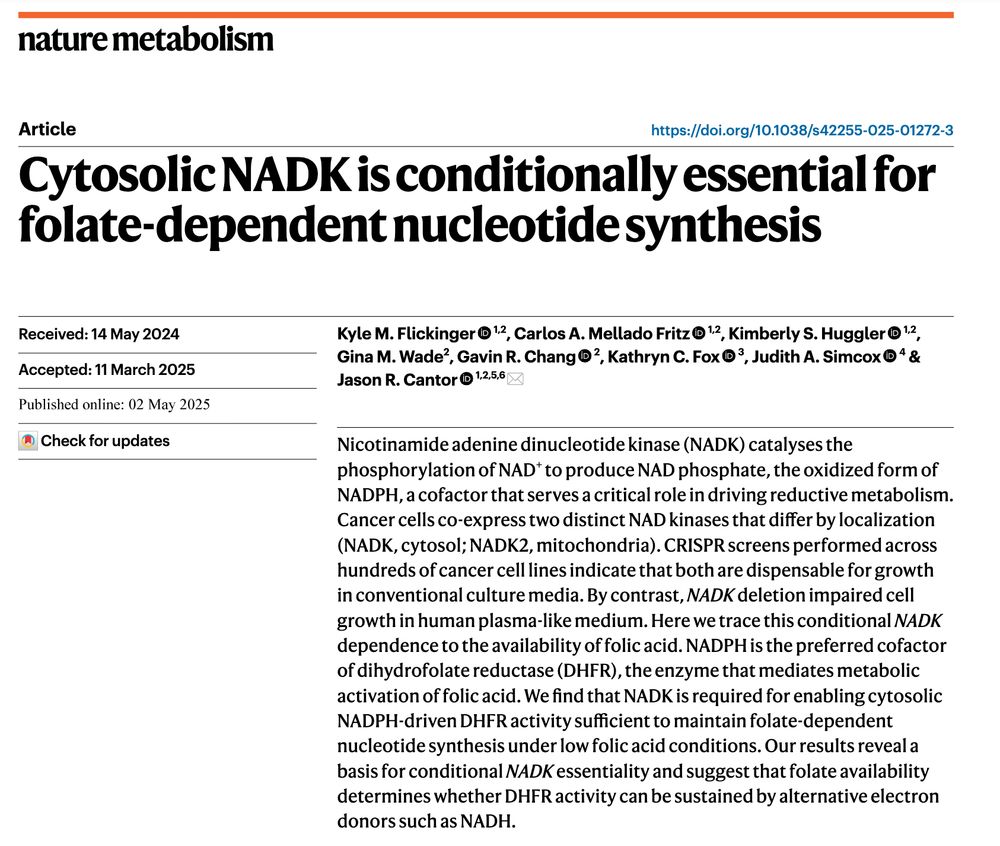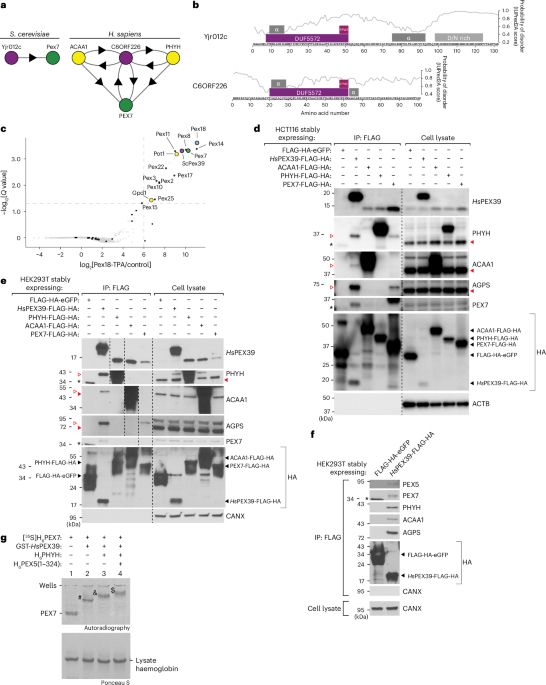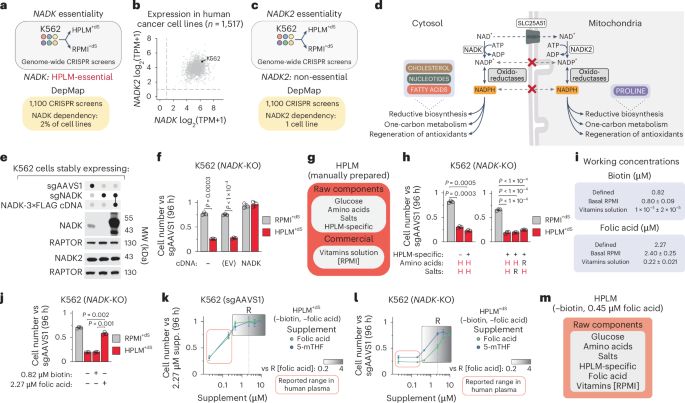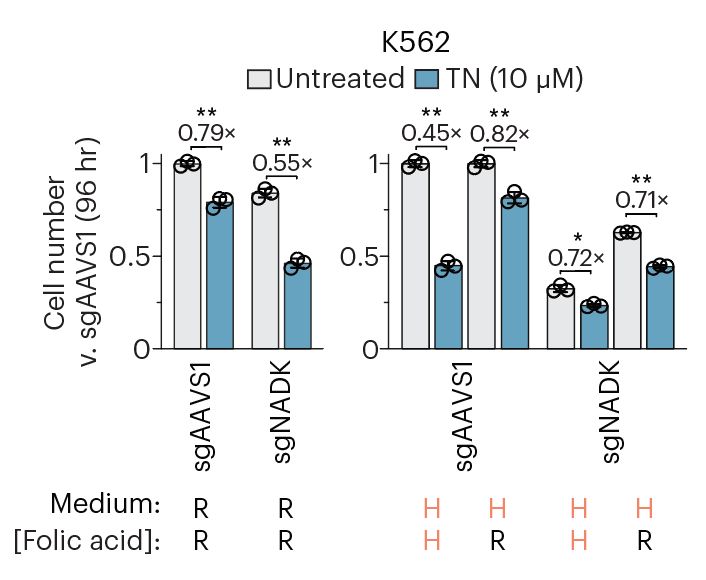Jason Cantor
@jasonrcantor.bsky.social
640 followers
150 following
41 posts
studying genetic and environmental contributions to cell fitness in cancer and immunity | biology-engineering-biotechnology | #HPLM | current: investigator @Morgridge_Inst, assistant prof @UW-Madison
Posts
Media
Videos
Starter Packs
Pinned
Reposted by Jason Cantor
Muir Lab
@muirlab.bsky.social
· 29d

Tumor nutrient stress gives rise to a drug tolerant cell state in pancreatic cancer
Cytotoxic chemotherapy remains the standard-of-care treatment for patients with pancreatic ductal adenocarcinoma (PDAC). However, chemotherapy only has modest effects at improving patient survival due...
www.biorxiv.org
Reposted by Jason Cantor
Jason Cantor
@jasonrcantor.bsky.social
· Jul 30
Reposted by Jason Cantor
Reposted by Jason Cantor
Amy Weeks
@amyweeks.bsky.social
· Jul 18
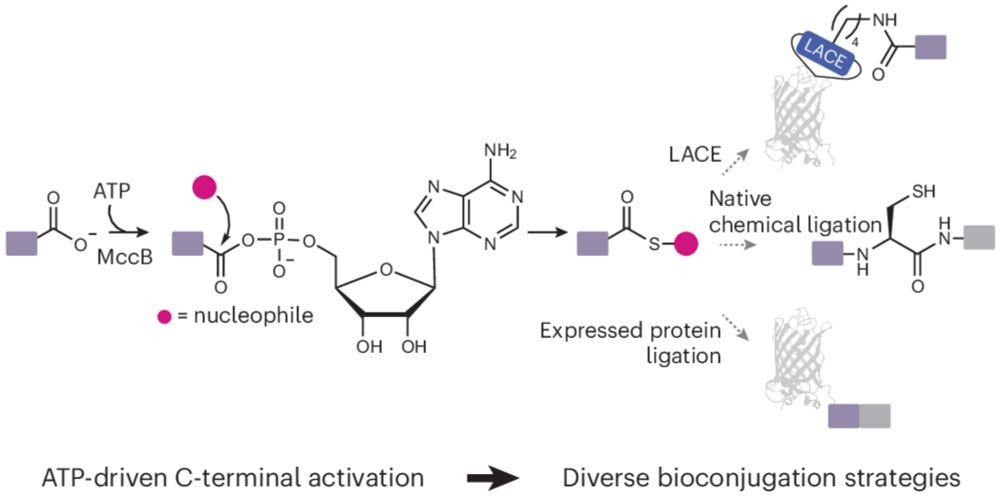
Engineered reactivity of a bacterial E1-like enzyme enables ATP-driven modification of protein and peptide C termini
Nature Chemistry - In living systems, ATP provides an energetic driving force for protein synthesis and modification. Now, an engineered enzymatic tool has been developed for high-yield, ATP-driven...
rdcu.be
Jason Cantor
@jasonrcantor.bsky.social
· Jun 18
Jason Cantor
@jasonrcantor.bsky.social
· May 30
Reposted by Jason Cantor
Natalie Niemi
@nieminm.bsky.social
· May 29

Mitochondrial presequences harbor variable strengths to maintain organellar function
Hundreds of mitochondrial-destined proteins rely on N-terminal presequences for organellar targeting and import. While generally described as positively charged amphipathic helices, presequences lack ...
www.biorxiv.org

